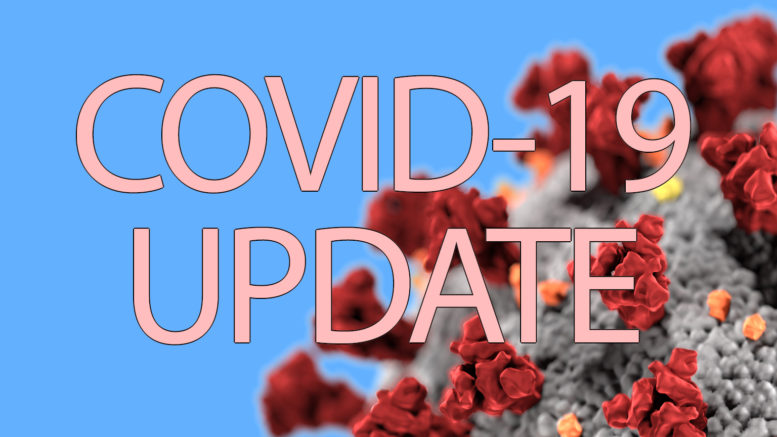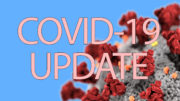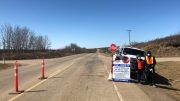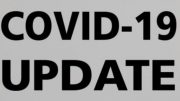by Jake Cardinal, Local Journalism Initiative Reporter
(ANNews) – For the next four weeks, Canada’s vaccine deliveries will be cut in half with up to 400,000 doses delayed, according to Maj.-Gen. Dany Fortin, who is leading the country’s vaccine rollout. The vaccine shortage is due to Pfizer upgrading one of its plants in Belgium.
However, these upgrades are expected to boost Pfizer’s annual production capacity from 1.3 billion shots in 2021 to up to 2 billion, which would be enough to cover about 13 per cent of the world’s population.
Prime Minister Justin Trudeau spoke with Pfizer’s CEO and was assured that despite the shortage, the company will fulfill its contractual obligation to deliver four million doses to Canada by the end of March.
What do these shortages mean for First Nations?
In Ottawa, Indigenous Services Minister Marc Miller has been rigorously advocating for First Nations amid the vaccine shortage. The Minister has confirmed that the Federal Government is still committed to vaccinating remote First Nations, Metis and Inuit communities by spring.
Miller mentioned that he was worried that the commitment to prioritize Indigenous adults could crumble in the face of pressure from other constituents. He urged the territories and provinces to continue direct shots to First Nations and ignore “politically expedient solutions” which would result in doses being diverted from priority populations to other communities.
“This is not a political game. It’s about science, it’s about facts, it’s about health care. We have the numbers, the casualties. Indigenous peoples are 3.5 to five times more vulnerable to COVID, we see it with the CDC numbers in the states,” Miller said, referencing figures from the U.S. Centers for Disease Control that show some Native American communities have been ravaged by the novel coronavirus.
Last month, Manitoba Premier Brian Pallister raised concerns after he mentioned that if the Federal Government reserves a portion of the vaccine for First Nations, then it would leave fewer doses for non-Indigenous Manitobans.
In a notion that mimics the origin of Jordan’s principle, Pallister believes First Nation immunizations are the Federal Government’s responsibility.
“There would be the least amount available in Manitoba after the federal government holds back the portion” for the province’s Indigenous population, he said.
“This puts Manitobans at the back of the line. This hurts Manitobans, to put it mildly.”
“They [the Federal Government] have to step up and protect our Indigenous communities first … but not punish everyone else who lives in the same jurisdiction as Indigenous folks by short-changing them on their share of vaccines,” he said.
First Nations in Manitoba are already experiencing complete shortages. Within weeks of arrival, communities like Sagkeeng First Nation, York Factory First Nation, Nisichawayasihk Cree Nation and Pimicikamak Cree Nation ran out of their supply, but not before vaccinating some of their most vulnerable members.
Meanwhile in Alberta, no one has any idea what is going to happen. “Alberta still does not have a plan,” said NDP Health Critic David Shepherd. “If you go on the government website right now, you can see that Phase 2 is supposed to start in April but nobody has any idea who is going to be vaccinated in Phase 2.”
It should also be noted that the provincial government’s plans to vaccinate First Nations people as part of phase 1 of their immunization plan is “subject to change depending on vaccine supply,” according to their website.
In fact, the province is blaming the Pfizer supply shortages for the lack of clarity in their immunization plan. “To make those decisions, we have to first know how many doses we are getting and when we are getting them,” said Health Minister Tyler Shandro.
“This again goes back to supply and the need for federal government to advocate for Canada.”
Earlier this week, Shandro said the federal government is failing Canadians on getting vaccines out to residents and Alberta will be receiving 63,000 fewer doses of vaccine in the first quarter of the year. “This is a grim situation that seems to be getting worse every week,” Shandro said.
The Alberta Government has now learned that its only other vaccine supplier (Moderna) is also reducing its shipments to Canada. However, the vaccine shortage isn’t deterring the province, as Alberta Premier Jason Kenney announced Friday the government’s plans to ease the province’s COVID restrictions.
The province will begin loosening up its health measures on Feb. 8 as part of a new “path forward for easing COVID-19 health restrictions, with clear benchmarks for hospitalizations,” and will continue to ease restrictions depending on the amount of hospitalizations, daily case numbers and case growth.
When hospitalizations decrease below 600, the province will consider step 1 of its reopening, easing restrictions on school-related indoor and outdoor children’s sport and performance activities, indoor personal fitness places (one-on-one and by appointment only), and on restaurants, cafes and pubs.
Currently, there are 594 COVID-19 patients in Alberta’s hospitals, with 110 of them in intensive care, which is why the first phase of reopening will begin on Feb. 8.
To move from one stage to the next, hospitalizations must remain below the benchmark for three weeks.
“We must do this in a careful, gradual, stepped approach,” Kenney said. “We have to be careful and deliberate and allow for the full 21 days to elapse between measures.”







Be the first to comment on "Despite vaccine shortages, Alberta will ease COVID restrictions on restaurants, gyms and kids’ sports"